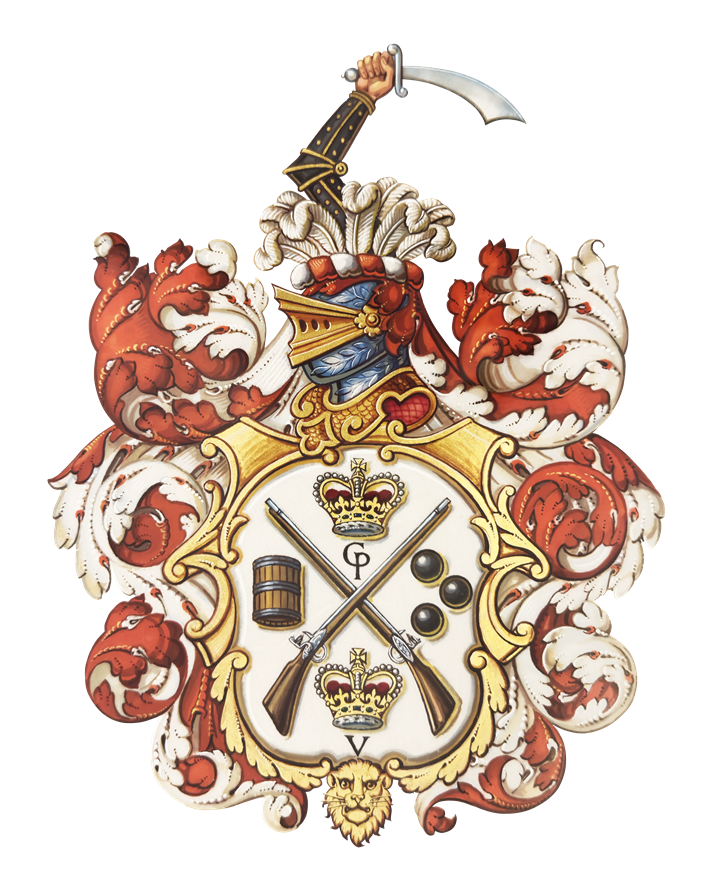Brand Marketing for the Gun Trade
Part 2 of: Brand VS Growth Marketing
Summary
In this article, we explore the role of brand marketing in contrast to growth marketing, highlighting its power, limits, and importance within the gun trade.
Here are the headlines:
- Build brand on identity, association, customer experience, and culture
- Invest in storytelling to create prestige and emotional connection
- Avoid neglect and ego spend; align brand with business strategy
- Use brand to enhance growth channels, not replace them
- Adapt brand to digital, sustainability, and new generations
Part 1: Comparing Brand and Growth Marketing
Reading Time: 15 minutes
Implementation Time: 10–15 hours
Level: Intermediate
Picking Up From Part 1
In Part One, we drew a clear line between growth and brand. Growth is measurable across short, medium and long horizons, with levers you can pull and track. Brand is slower, costlier and harder to measure, yet it builds loyalty, pricing power and prestige (Herrmann‑Scharnberg & Kyriakidi, 2025).
This chapter focuses on brand marketing: what it does for you, what it will not do, and why it matters in the gun trade.
What Brand Really Means
Brand marketing is not just logos or glossy photographs. It is how people see you, remember you and talk about you when you are not in the room. It is your reputation made visible (Keller, 2020).
Done properly, brand creates an emotional connection. Customers do not buy simply because you are closest or cheapest. They buy because your name carries weight. That is why houses such as Purdey, Holland & Holland and Rigby command the prices they do. Their brand is not a typeface or a mark. It is a story reinforced for generations (Tariq et al., 2023).
The limits: brand will not guarantee a flood of sales tomorrow. It will not provide the crisp dashboard you get from growth. It will not show you in black and white whether last week’s sponsorship became an order. If you expect brand to behave like growth, you will be disappointed (Prophet, 2025).
The Building Blocks of Brand
At its heart, brand is storytelling. A film of your engravers at work, a brochure that ties gunsmithing to generations past, or a website that communicates values as clearly as products.
But story is only one part. Durable brands are built on four pillars (Kapferer, 2012):
- Identity and consistency: the same tone, professionalism and style across catalogues, showrooms, social media and email
- Association: sponsorship of a clay competition, support for a countryside event, backing a conservation project.
- Customer experience: how the phone is answered, how a repaired gun is packaged and returned, how a lesson is followed by a personal note.
- Culture: how apprentices are trained, how staff talk about the firm when they are out in the world.
These touchpoints make up your brand. They are why customers talk about you differently from competitors. They are the details that make someone proud to say, “I shoot a Gallyon,” or “I buy my cartridges from Hull” (Aaker, 2020).
The Cost and the Payback
Brand costs more and proves less. A film can cost thousands. Sponsorship of a major clay shoot can reach five figures. High‑end photography and design require investment.
After the spend, you may not be able to point to a single sale. That is why brand feels risky. Growth gives you conversion rates, click‑throughs and a clear return. Brand does not (Ataman, 2023).
Yet the intangible is precisely what creates long‑term value. A strong brand buys three things:
- Pricing power: when your name carries prestige, you do not have to compete on discounting (Herrmann‑Scharnberg & Kyriakidi, 2025)
- Loyalty: harder to price but vital. It is the clay ground that becomes a shooter’s home ground, or the rifle maker that serves three generations of the same family (Tariq et al., 2023)
- Referrals: word of mouth happens not only because of service, but because the name itself carries weight and people are proud to recommend it (EMARKETER & Bloomreach, 2025)
Key nuance: brand should be the face of growth, not a replacement. It gives growth something to stand behind. Let brand spend drift from business need and data, and it becomes ego. Glossy films and expensive brochures feel good. Without a growth engine, they are vanity projects (Prophet, 2025).
Brand and Human Psychology
Brand and Human Psychology
Why does brand matter at all? Because people buy meaning as much as products (Keller, 2020).
- Status and belonging: carrying a gun from a respected maker signals something to peers, like a Savile Row suit or a Rolex (Kapferer, 2012)
- Memory and trust: a name that has been around for centuries signals stability. Customers believe it will still be there tomorrow (Aaker, 2020)
- Emotion and pride: shooting is personal. Owning craftsmanship that says something about you creates an emotional bond (Tariq et al., 2023)
Pure growth can generate sales, but without the psychological depth of brand those sales are shallow and fickle (Herrmann‑Scharnberg & Kyriakidi, 2025).
The Risks of Neglect and Ego
Two traps regularly derail brand marketing in our trade: neglect and ego.
Neglect
This happens when brand is treated as an afterthought. The website is left to rot, the brochure is five years out of date, and every social media post looks like it was made by a different company. Inconsistency, shoddy visuals and mixed messages erode trust. A brand without consistency is like a gun with a loose stock: technically functional, but confidence in it vanishes quickly (Keller, 2020).
Ego spend
This is the opposite problem. Here, the danger is not too little investment, but too much — and in the wrong places. We see lavish brochures that cost more than they return, over-engineered event stands that dazzle peers but confuse customers, and sponsorships chosen for the owner’s passion rather than the buyer’s interest. These are expenses dressed up as strategy, when in reality they are vanity projects (Prophet, 2025).
Both paths are expensive. Neglect costs credibility. Ego costs money. The cure is balance: to spend in ways that reinforce reputation, not just flatter the boardroom. A strong brand is not about how it looks pinned on the wall of the gunroom, but how it performs in the marketplace. That means asking a simple question of every brand investment: does this make it easier for a customer to believe in us, choose us, and return to us? If the answer is no, it is ego talking, not strategy.
What Brand Will Never Do
Brand will not replace the mechanics of selling. You still need growth to capture enquiries, follow up with prospects and convert them into customers (Ataman, 2023).
Brand will not fix a poor website, a broken email funnel or dated SEO. What it will do is make your growth activities easier. A trusted name gets higher click‑through rates. A respected brand sees more email opens. A heritage story gives the sales team a stronger hand (EMARKETER & Bloomreach, 2025).
Brand will not drive the car, but it will get you waved through the barriers.
A Necessary Investment?
Brand can feel like a luxury because growth is measurable and reassuring. But without brand, you will not build the kind of business that commands higher prices, weathers downturns and is remembered for more than the last offer you ran (Herrmann‑Scharnberg & Kyriakidi, 2025).
In Part One we defined growth as the disciplined engine that works across all horizons. In this Part Two we have explored brand: slower, costlier and harder to measure, yet the outward face of growth that buys pricing power, loyalty and prestige.
In Part Three, we will return to growth and examine practical strategies at each horizon.

